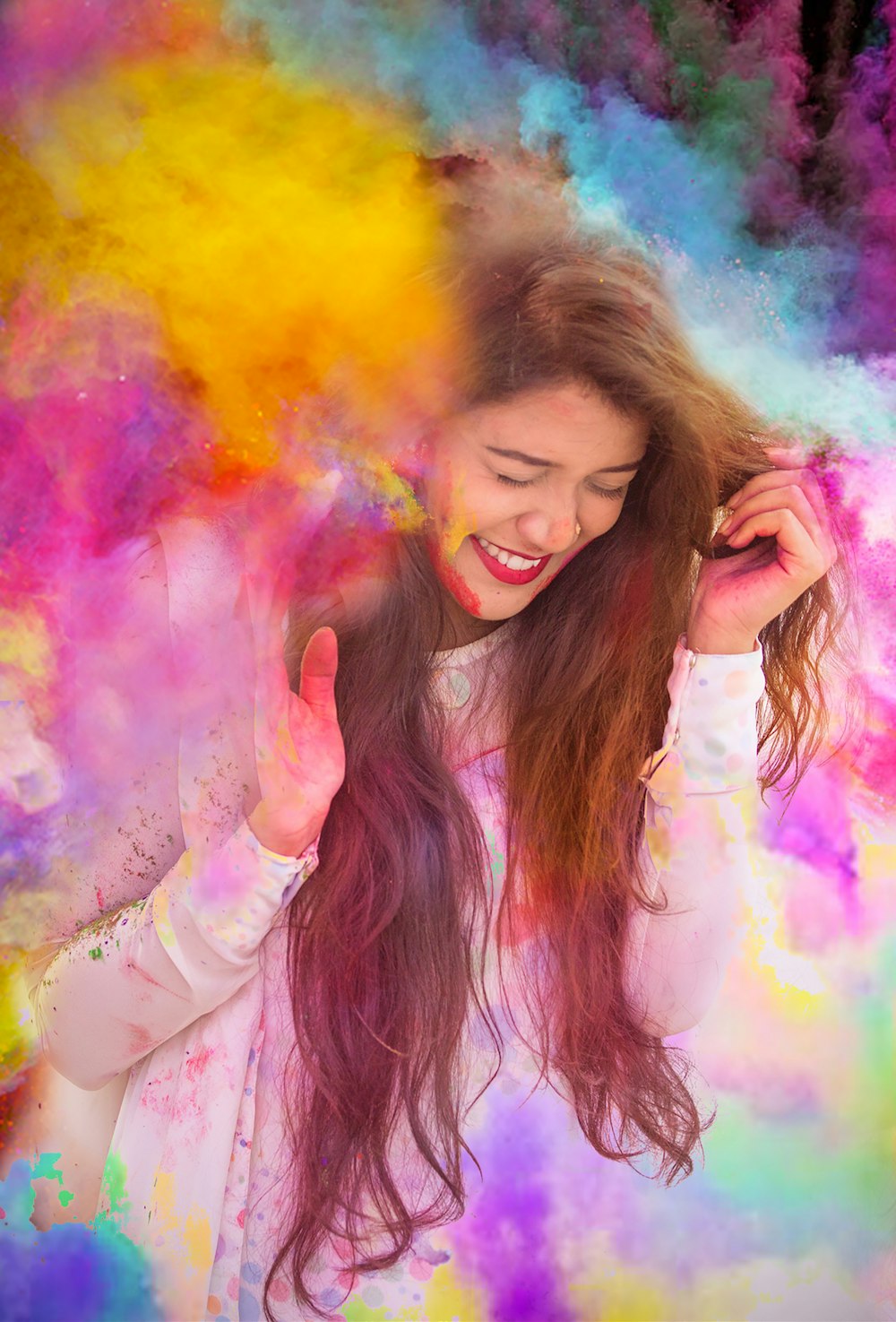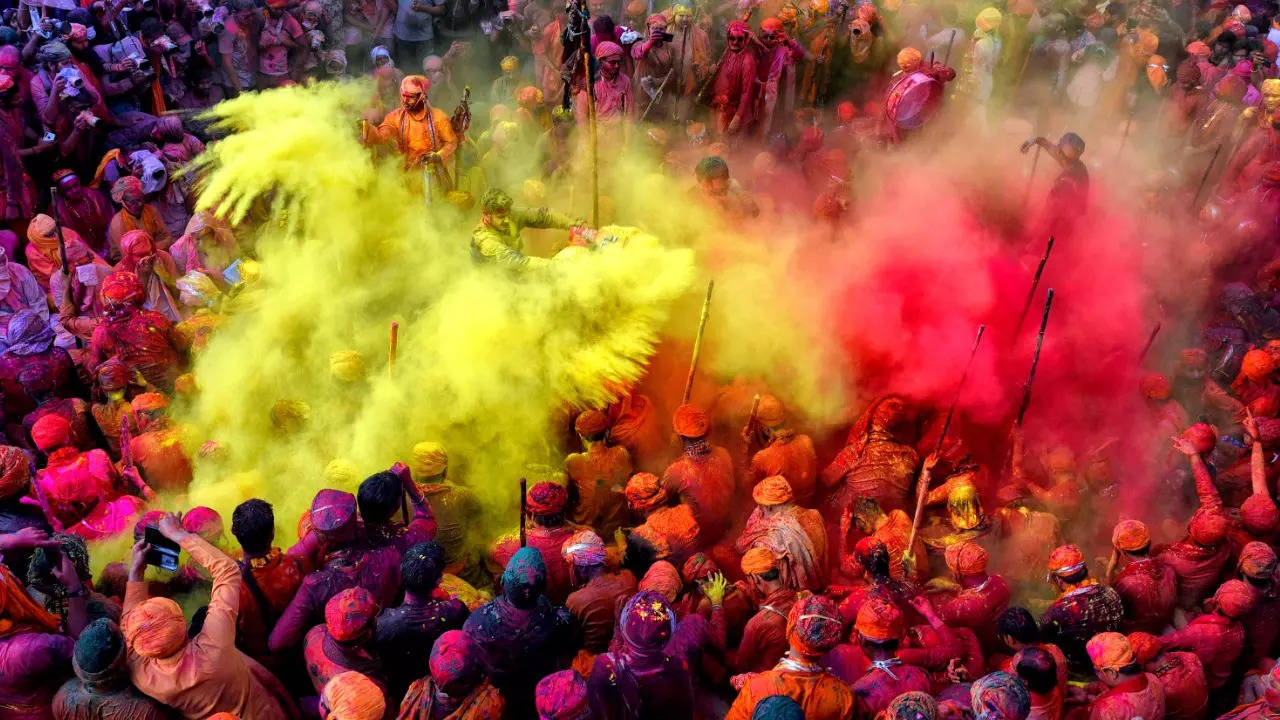Happy Holi 2023
Introduction
Holi is one of the most popular festivals in India and is celebrated with great enthusiasm by people of all ages and backgrounds. The festival signifies the triumph of good over evil, the arrival of spring, and the end of winter. Holi is also known as the festival of colors, as people throw colored powders and water on each other, sing and dance, and share sweets and delicacies.
As we prepare to celebrate Holi 2023, let's take a closer look at the significance of the festival, its history, and the various ways in which it is celebrated across different regions of India.
The Significance of Holi
Holi is a festival that celebrates the victory of good over evil, and is based on the Hindu mythological story of Prahlada and Holika. Prahlada was a devout follower of Lord Vishnu, and his father Hiranyakashipu was a powerful king who was determined to destroy his son's faith in Vishnu. Hiranyakashipu had a sister named Holika who was immune to fire, and he conspired with her to kill Prahlada by burning him alive. Holika tricked Prahlada into sitting on her lap while she sat on a pyre, but when the fire was lit, Holika was burnt to ashes while Prahlada emerged unscathed.
This story is a reminder that good will always triumph over evil, and that faith in the divine can protect us from harm. Holi is also a celebration of the arrival of spring and the end of winter, and is a time to let go of past grievances and start anew. The colors of Holi symbolize the diversity of nature and the joy of life, and are meant to foster a sense of unity and harmony among people.
The History of Holi
Holi has been celebrated in India for thousands of years, and has its roots in ancient Hindu texts and traditions. The earliest references to Holi can be found in the Vedas, which date back to around 2000 BCE. The festival was originally called Holika, after the demoness who tried to kill Prahlada, and was a time for people to offer prayers and sacrifices to the gods.
Over time, Holi became more of a community festival, with people coming together to celebrate the arrival of spring and the end of winter. The throwing of colored powders and water is believed to have originated in the Braj region of Uttar Pradesh, where the Hindu god Krishna was born and raised. Legend has it that Krishna would play pranks on the gopis (milkmaids) by throwing colored water on them, and the tradition caught on among the people of Braj.
Today, Holi is celebrated in many different ways across India, with each region putting its own unique spin on the festival.
How Holi is Celebrated in Different Parts of India
Holi is a festival that is celebrated with great joy and enthusiasm across India, and each region has its own unique customs and traditions.
In North India, Holi is a boisterous and colorful affair, with people splashing colored water and powder on each other, singing and dancing to the beat of dhol and other traditional instruments, and feasting on sweets and delicacies. The festival is celebrated over two days, with the first day known as Holika Dahan, when people light bonfires to symbolize the burning of the demoness Holika, and the second day known as Rangwali Holi, when people play with colors.
In South India, Holi is celebrated as Kamadahana, and is based on the legend of Lord Shiva burning the god of love, Kamadeva, with his third eye. The festival is celebrated in the temples of Lord Shiva, with devotees offering prayers and performing rituals. People also light bonfires and play with colors, but the celebrations are generally more subdued compared to North India.
In the state of West Bengal, Holi is known as Dol Jatra, and is celebrated in honor of Lord Krishna and his consort Radha. People create swings and adorn them with flowers, and images of Krishna and Radha are placed on them. The swings are then swung back and forth, and people sing and dance around them, throwing colored powder and water on each other.
In the state of Maharashtra, Holi is celebrated as Rangpanchami, and is a more laid-back affair compared to the rest of the country. People play with colors, but the celebrations are generally more peaceful and less rowdy than in other parts of India.
In the state of Gujarat, Holi is celebrated as Dhuleti, and is a two-day festival similar to the one in North India. People light bonfires on the first day, and on the second day, they play with colors and indulge in traditional sweets like gujiya and mathri.
Holi is also celebrated in other parts of the world, particularly in countries with a large Indian diaspora. In Nepal, for example, Holi is celebrated as Phagu Purnima, and is a national holiday. People play with colors and water, and enjoy traditional delicacies like bhang and sweets.
Tips for a Safe and Happy Holi
While Holi is a fun and joyous festival, it's important to keep in mind some safety tips to ensure that everyone has a happy and safe celebration.
Use natural colors: Many commercial colors available in the market are made of harsh chemicals that can cause skin irritation, allergies, and other health problems. Use natural colors made from flowers, turmeric, and other organic materials, which are not only safer but also more eco-friendly.
Protect your skin and hair: Apply coconut oil or aloe vera gel on your skin and hair before playing with colors. This will help protect your skin and hair from the harsh chemicals and make it easier to wash off the colors later.
Wear old clothes: Don't wear your best clothes on Holi, as they are likely to get stained with colors. Wear old clothes that you don't mind getting dirty, and make sure to cover yourself with a scarf or hat to protect your face and hair.
Drink responsibly: Bhang is a traditional drink consumed during Holi, but it can be very potent and lead to intoxication if consumed in large quantities. Drink responsibly, and make sure to stay hydrated by drinking plenty of water.
Respect others: Holi is a time to celebrate with friends and family, but it's important to respect the boundaries of others. Don't force anyone to play with colors if they don't want to, and be mindful of the people around you.
Conclusion
Holi is a festival that brings people of all ages and backgrounds together, and celebrates the arrival of spring and the triumph of good over evil. Whether you're celebrating Holi in North India or South India, in a temple or at home, it's a time to let go of past grievances, spread joy and happiness, and cherish the relationships that make life worth living.
As we celebrate Holi 2023, let's remember the importance of respecting ourselves and others, and of celebrating in a safe and responsible manner. Let's make this Holi a truly happy and memorable one for all!





Comments
Post a Comment